This is the 71st in a series of posts on the Nikon D850. You should be able to find all the posts about that camera in the Category List on the right sidebar, below the Articles widget. There’s a drop-down menu there that you can use to get to all the posts in this series; just look for “D850”.
Yesterday, I showed graphs relating to the Nikon D850’s noise and how that relates to the ISO setting in the camera. In my first post today, I posted visual takes on the noise differences from ISO 64 through 320. In the next post, I did the same thing for ISOs 400 through 3200. In the one after that, I extended the series to ISOs 400 through 6400. As expected, the D850 looked pretty ISOless above ISO 400. In each of the three sets of images, the exposure was the same, and I compensated for the “underexposure” at lower ISO settings by boosting Exposure in Lightroom.
In the preceding post, I looked at what happened to shadow detail at ISO 320 and 400, on both sides of where the camera changes conversion gain, at exposures that compensated for the ISO differences, with a fairly aggressive push, and concluded that the theoretical shadow detail enhancements of the higher conversion gain at ISO 400 were not material.
Now I’m going to do the same thing with a more aggressive push. I made two images of my standard subject for this test all with the same shutter speed, using an Otus 55/1.4 set to f/4. I used an ETTR exposure appropriate for ISO 6400 for the ISO 400 shot, and one appropriate for ISO 5000 for the ISO 320 shot. I processed them all in Lightroom with default settings except for a custom white balance that assured that the WB wouldn’t change from image to image. Here are the full-frame images.
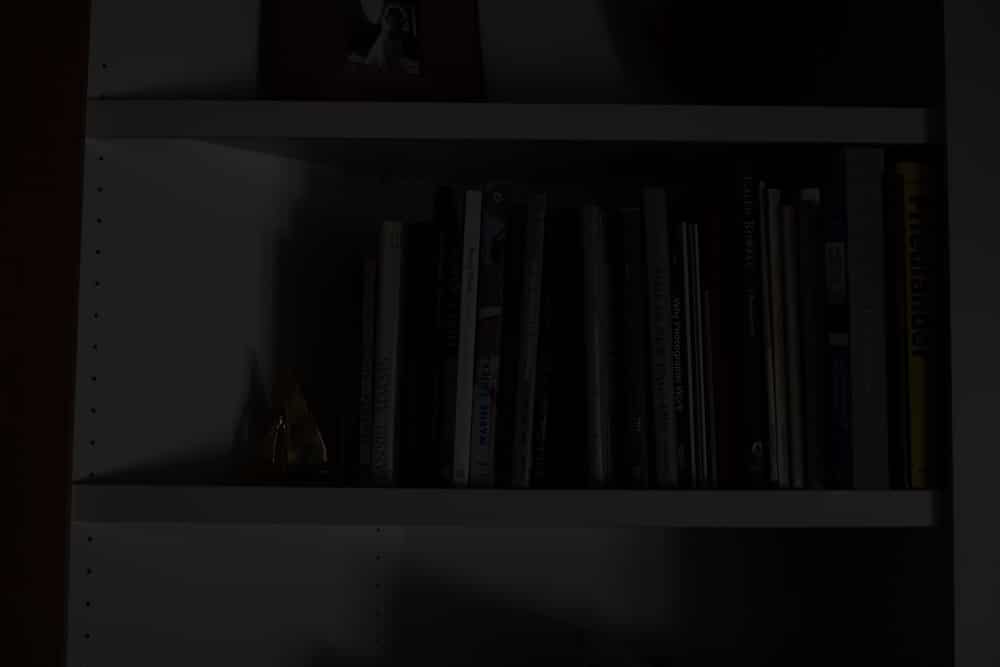
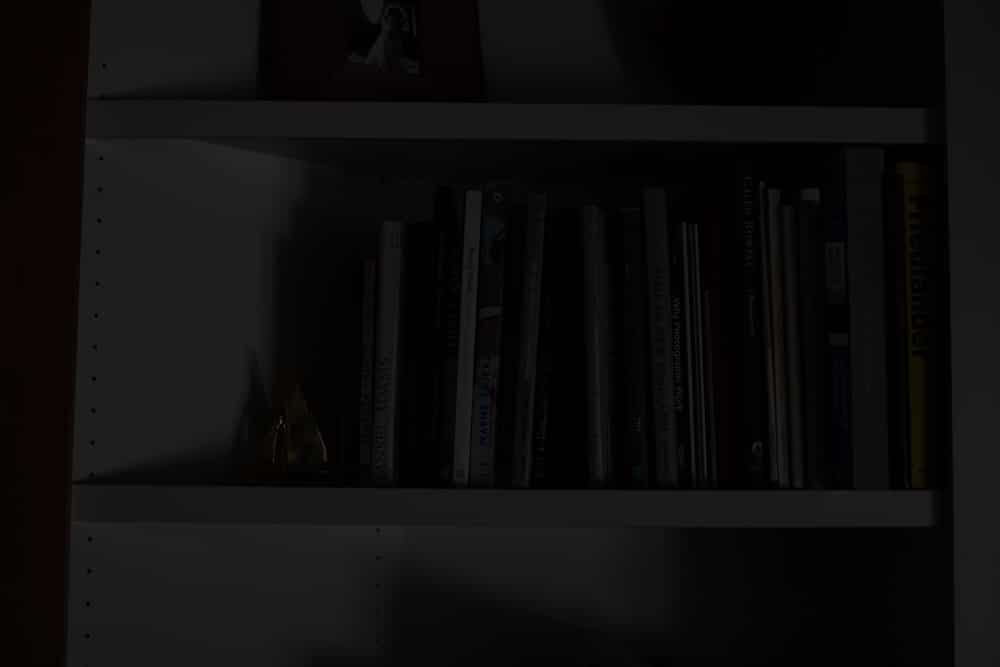
Here they are after a 4-stop push in Lightroom.
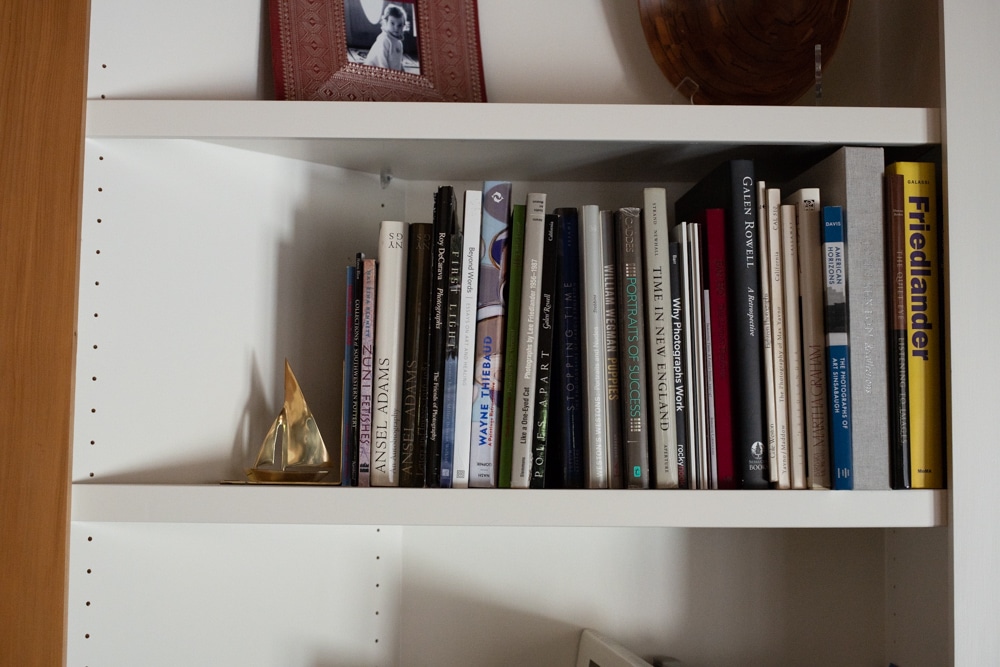
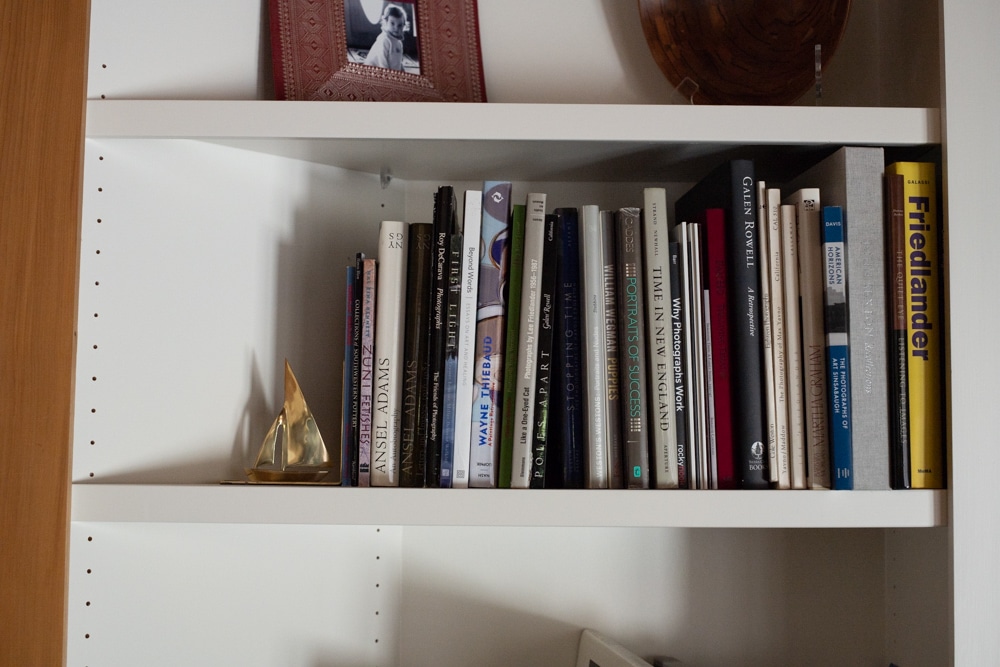
Here are some crops, magnified to about 200%.
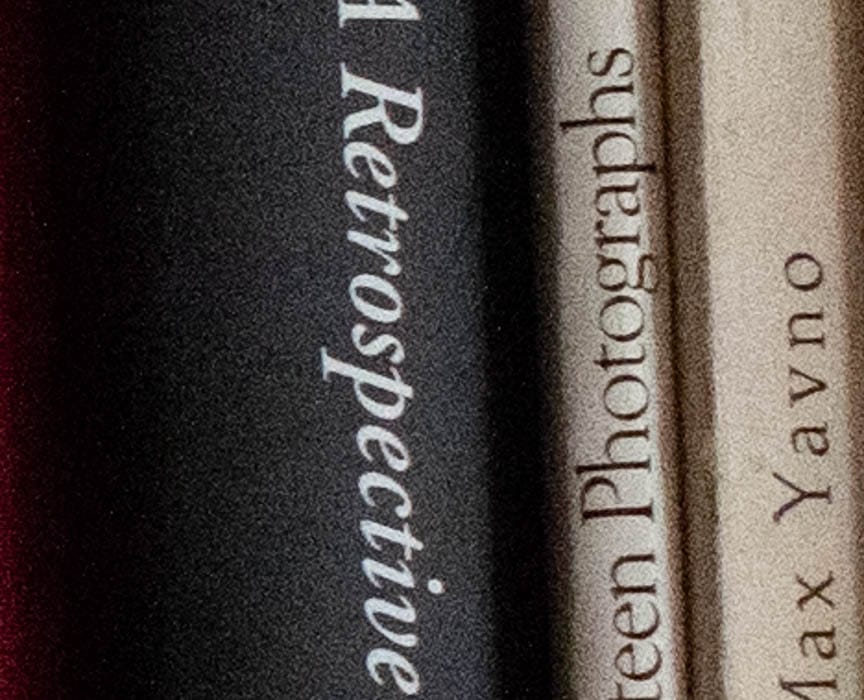
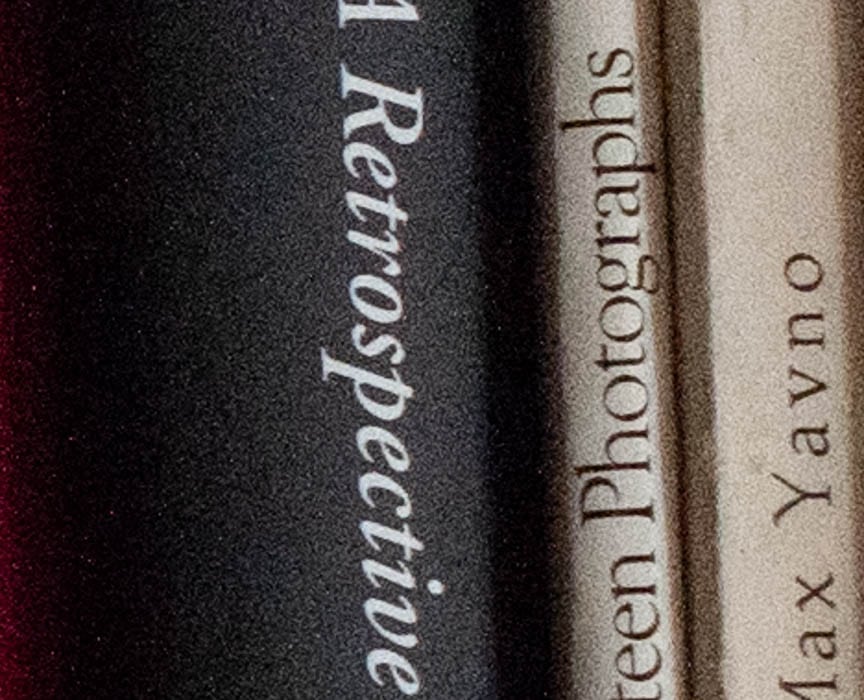
Now the lower read noise in the ISO 400 case more than compensates for the greater photon count in the ISO 320 one. But the differences are certainly not night and day.
Leave a Reply